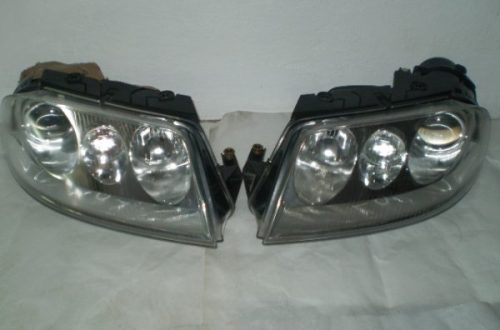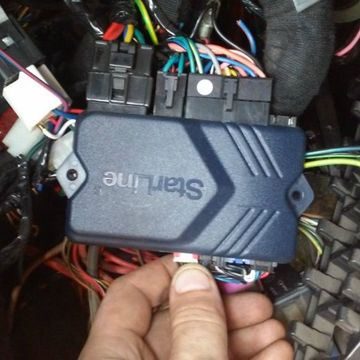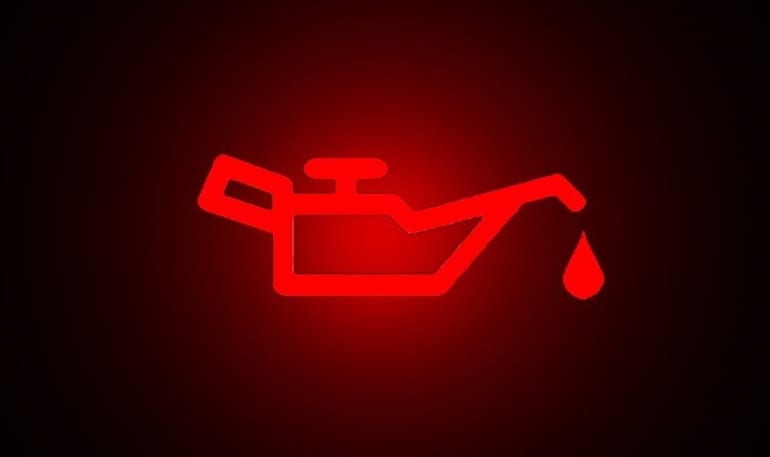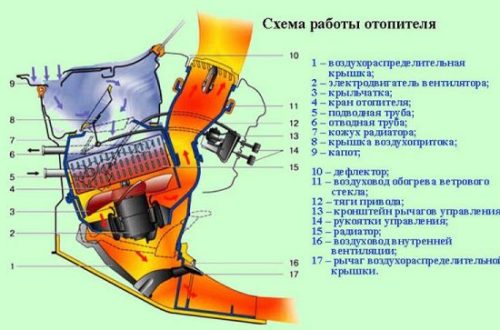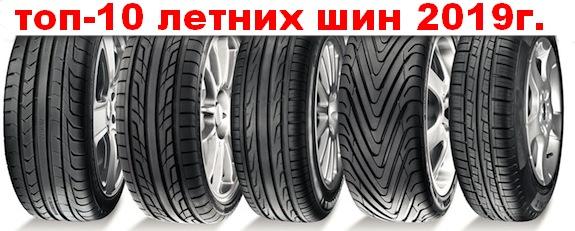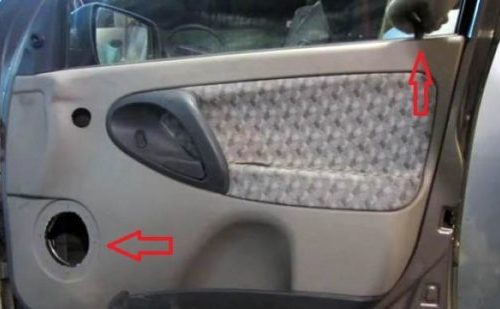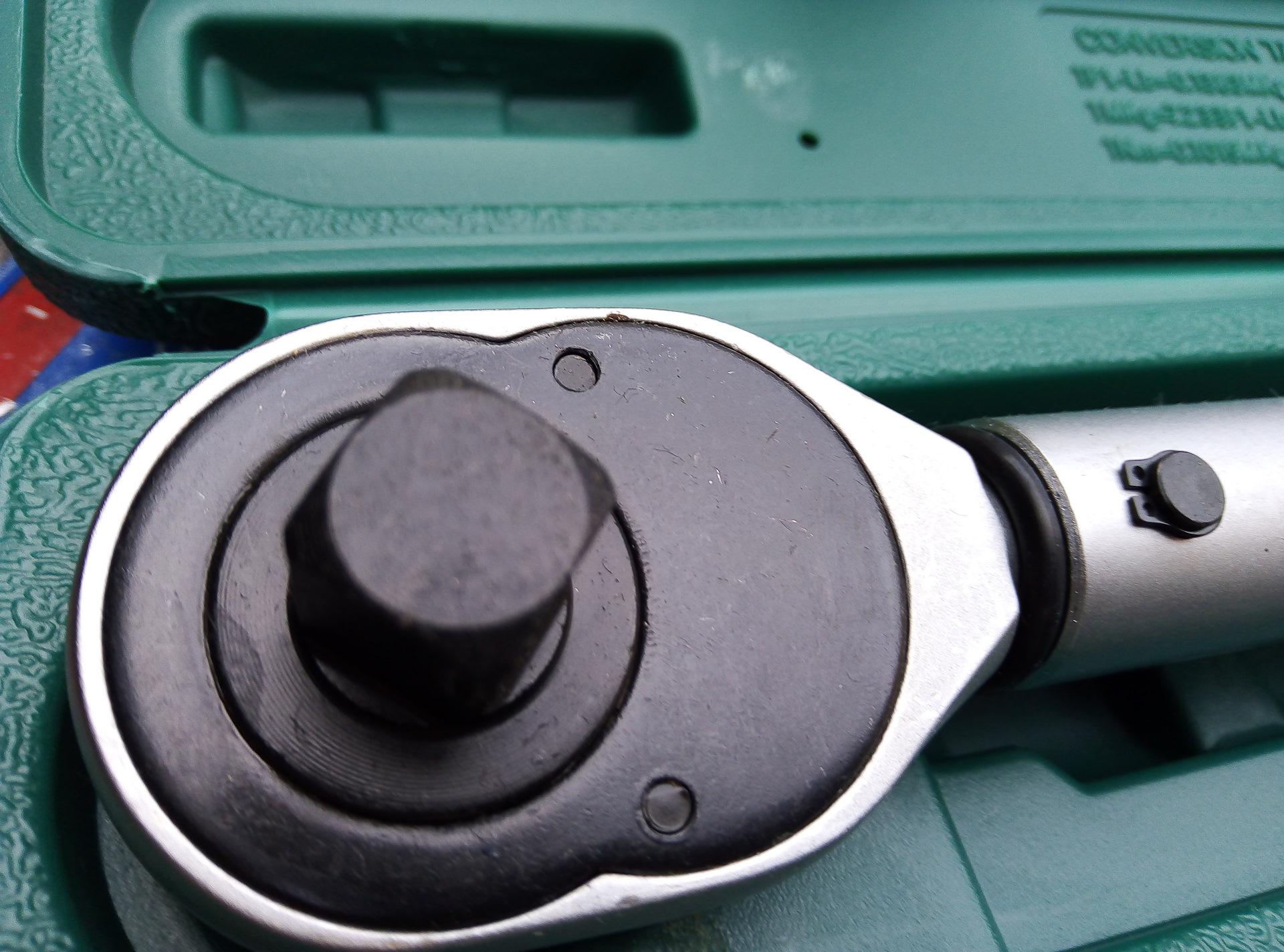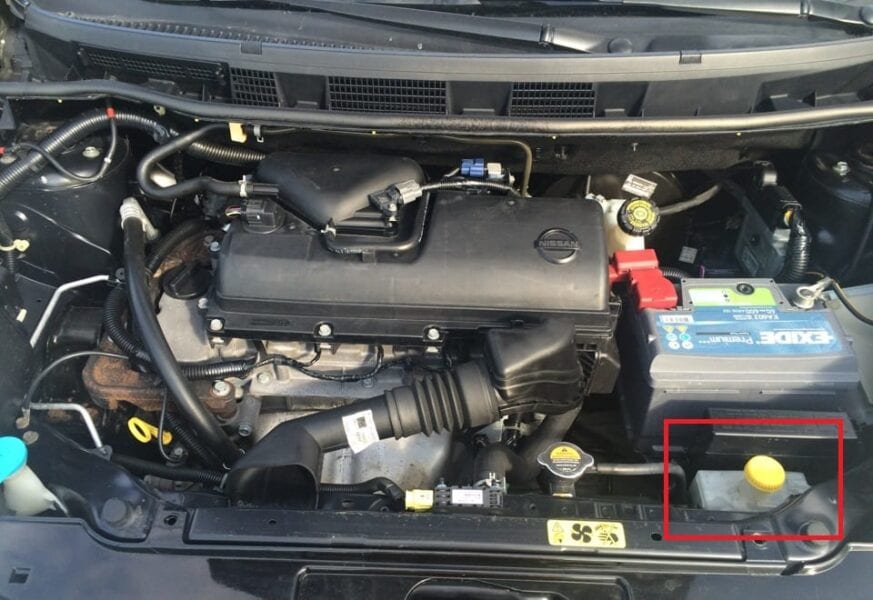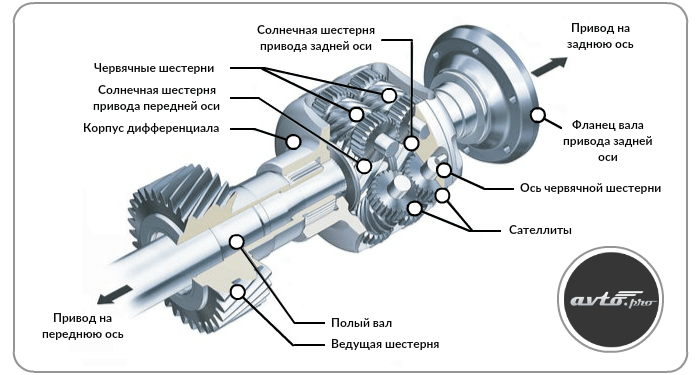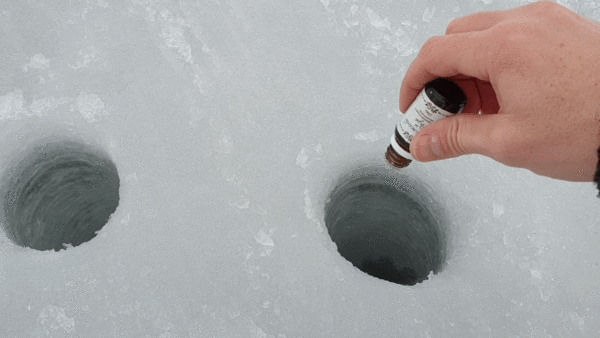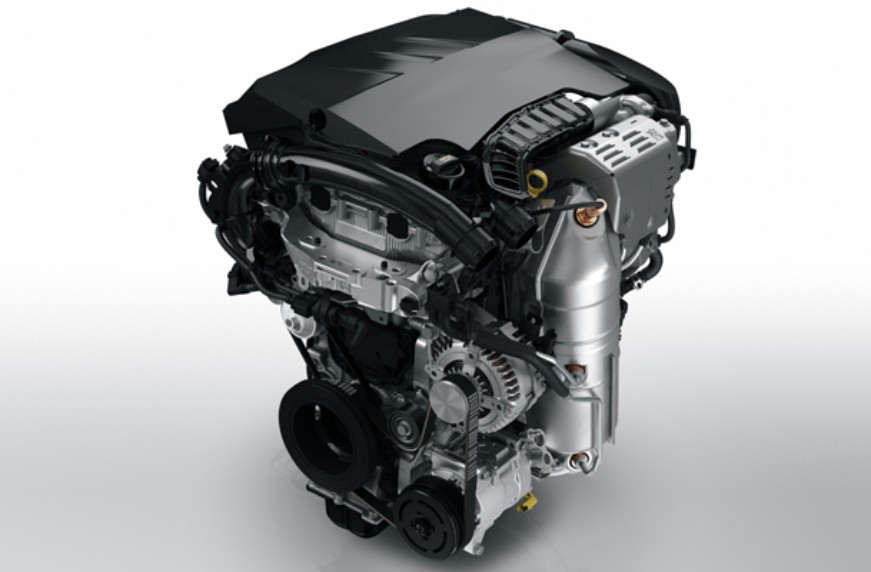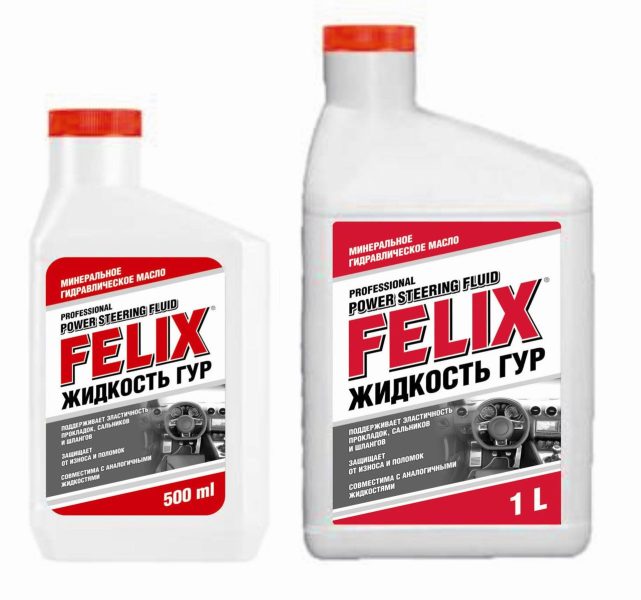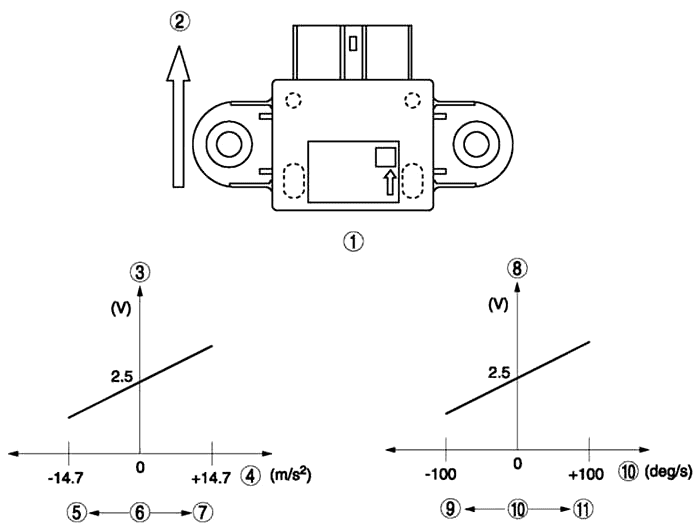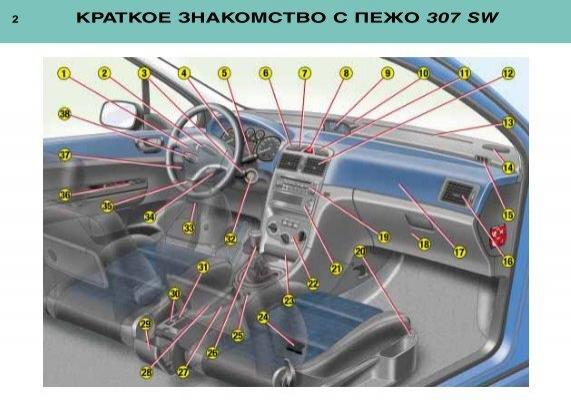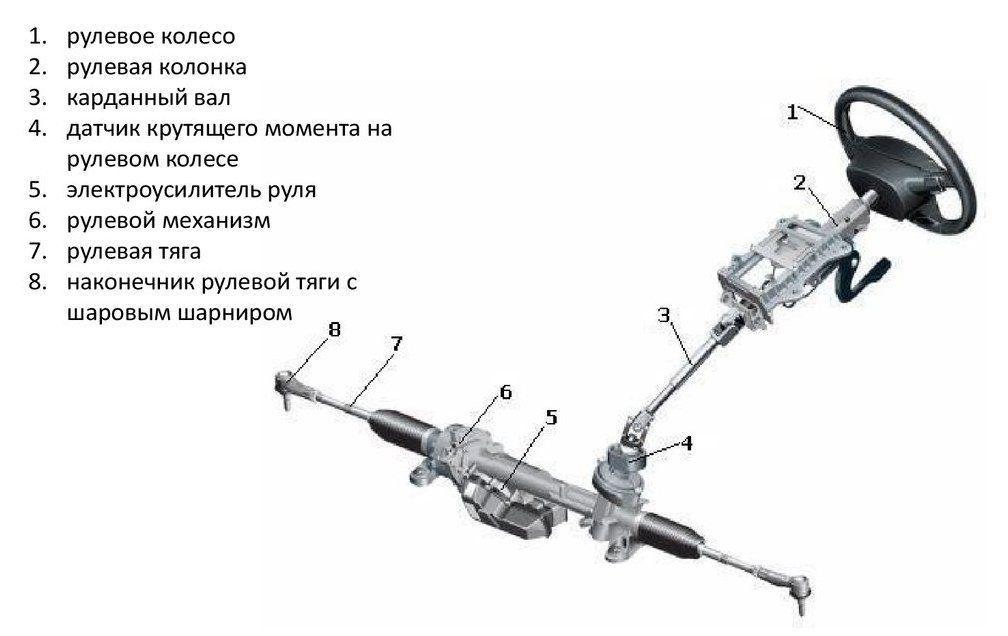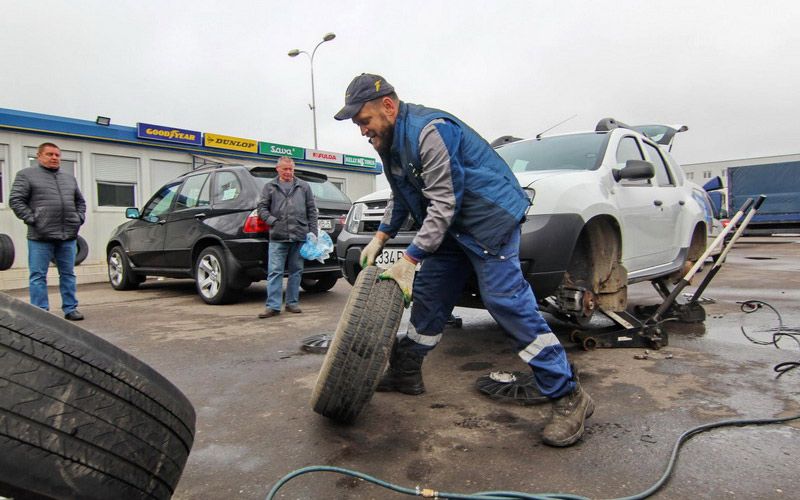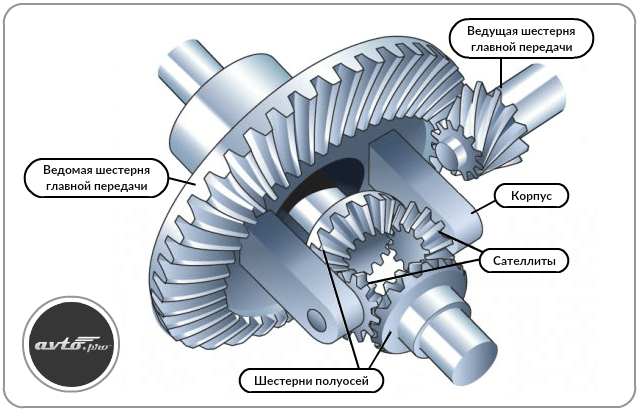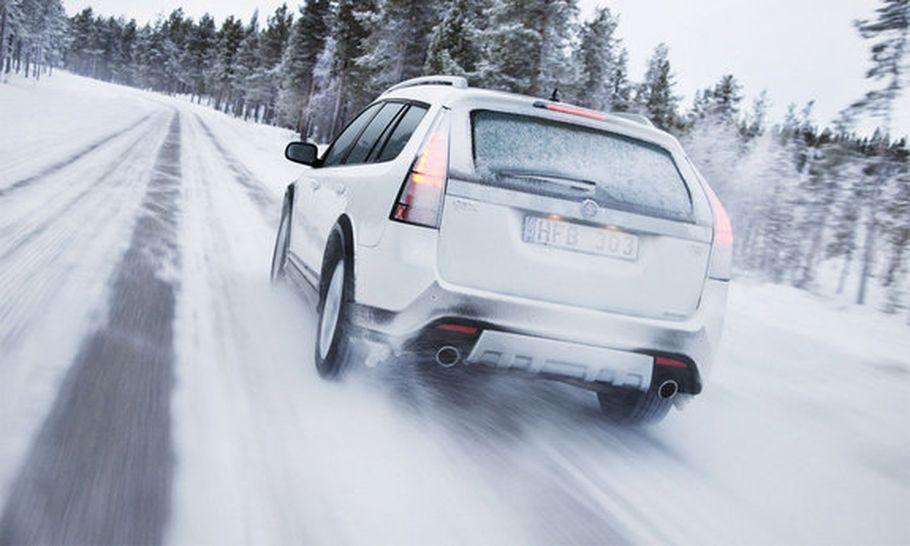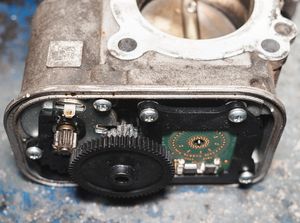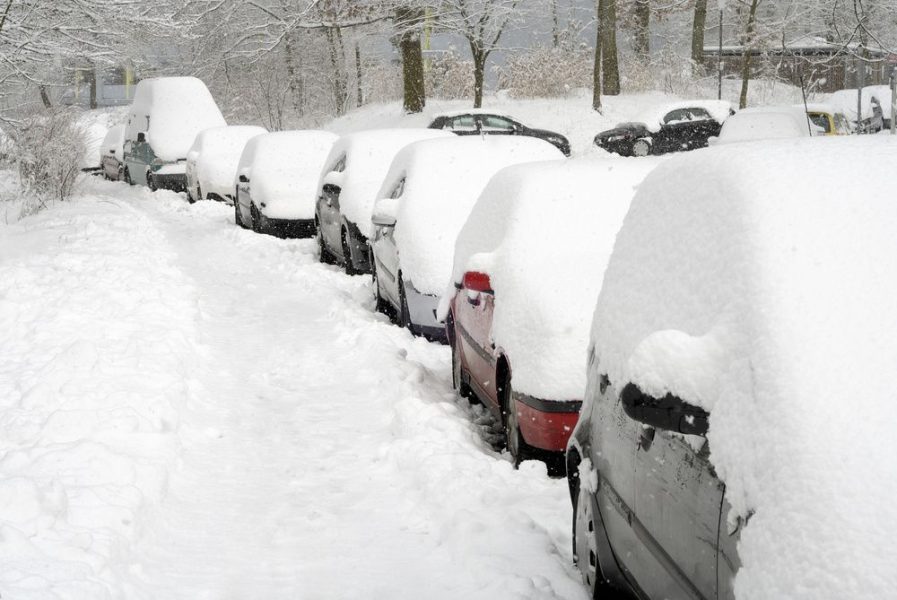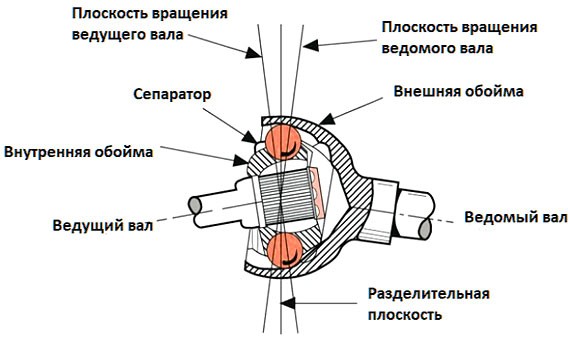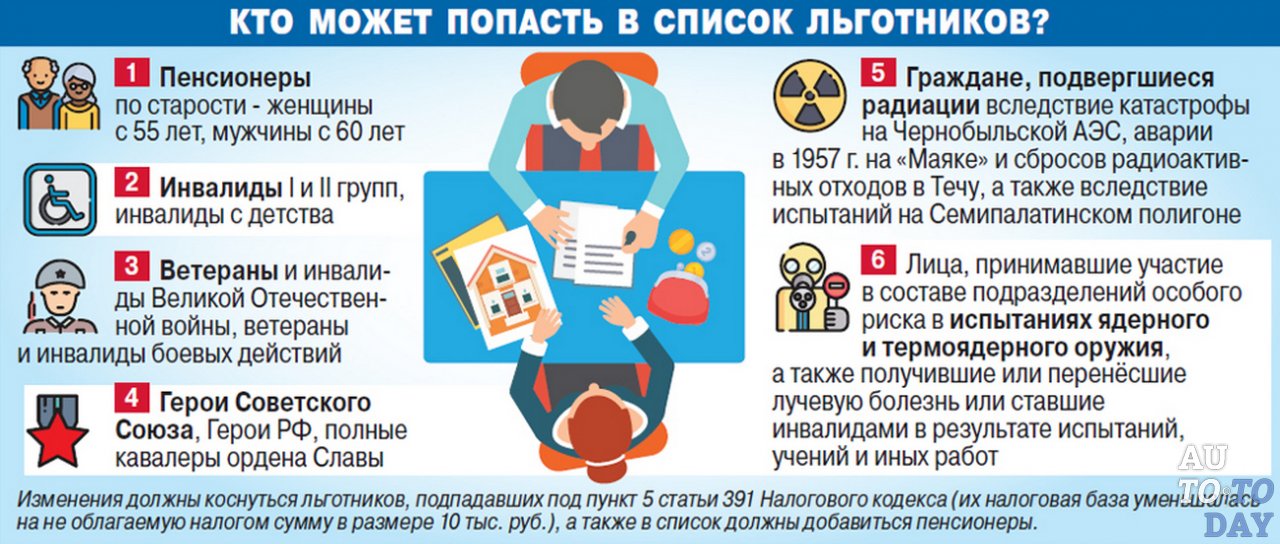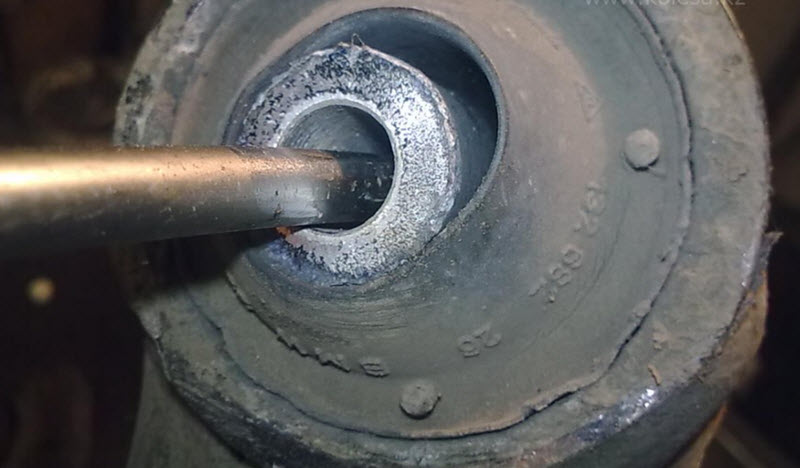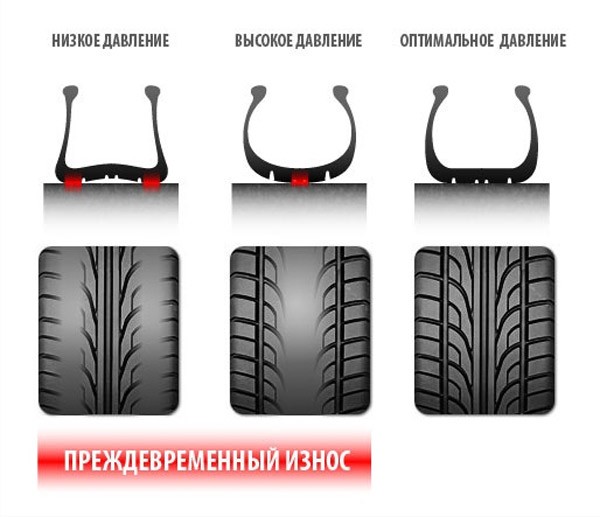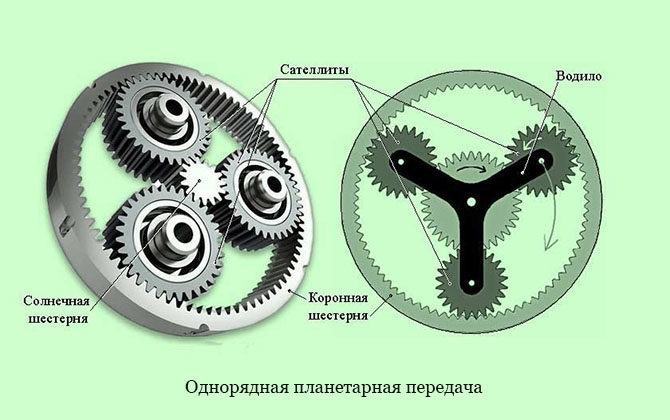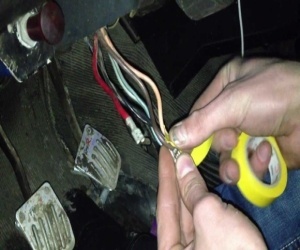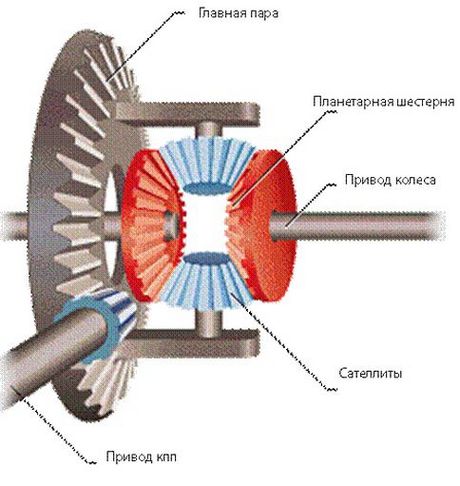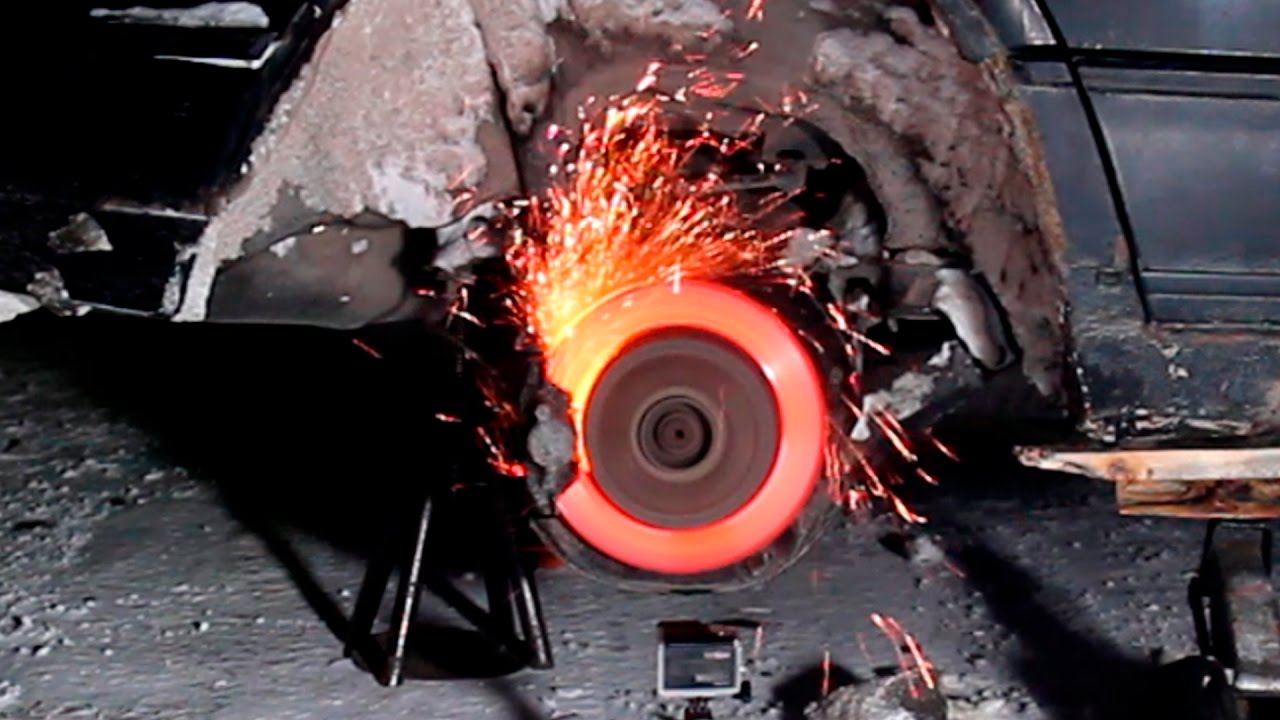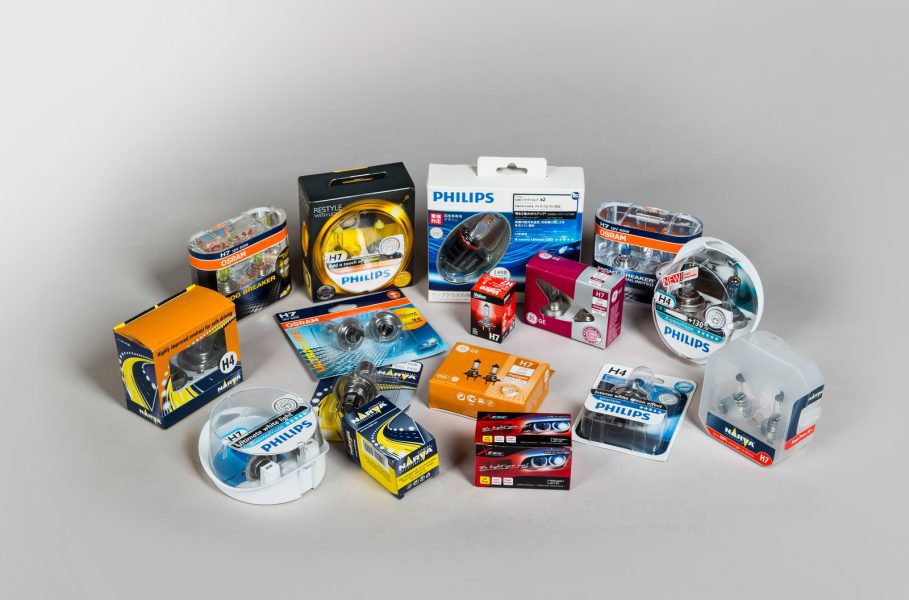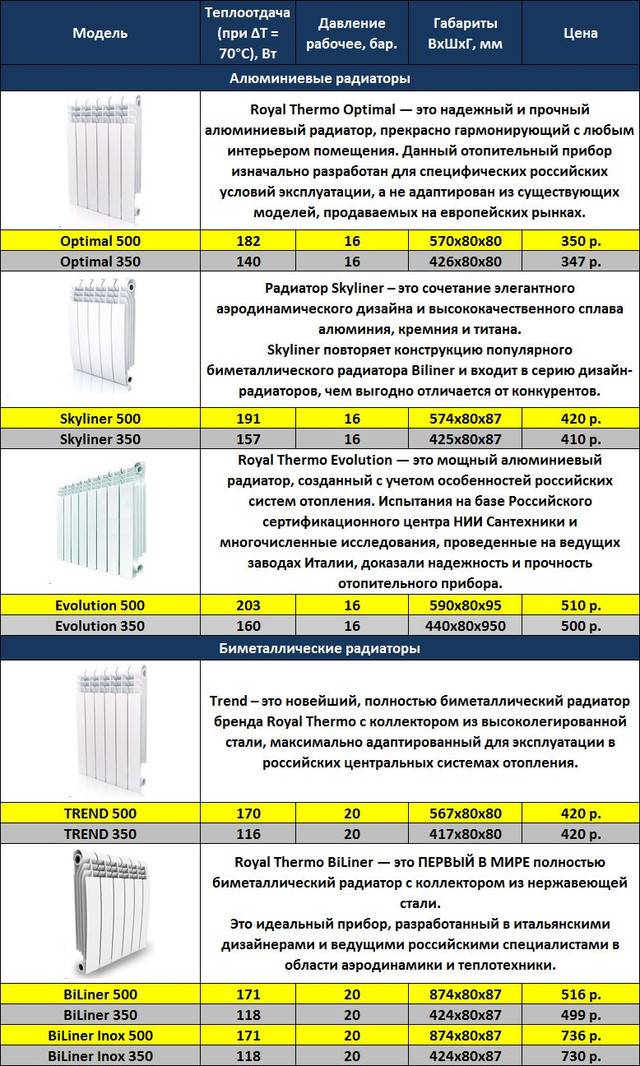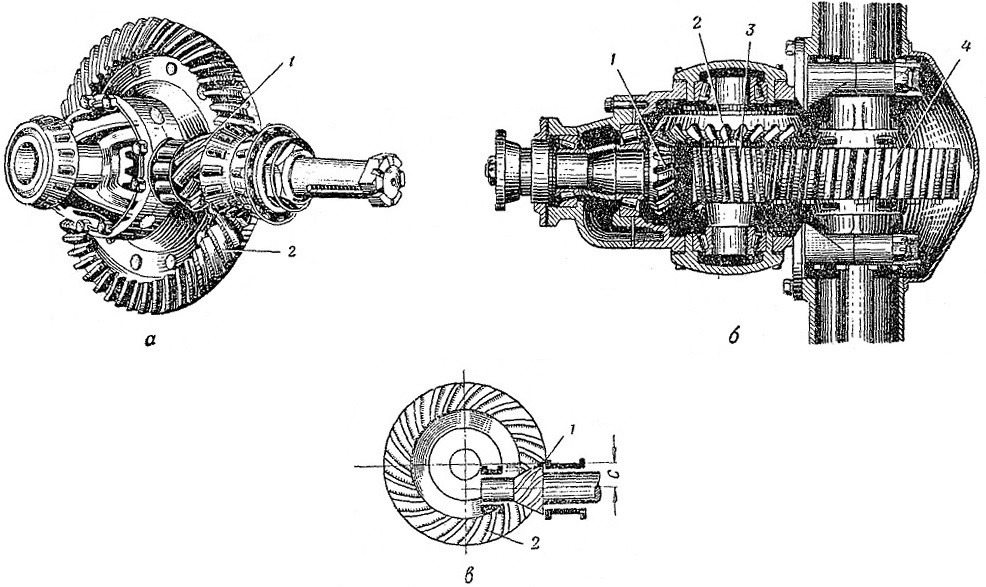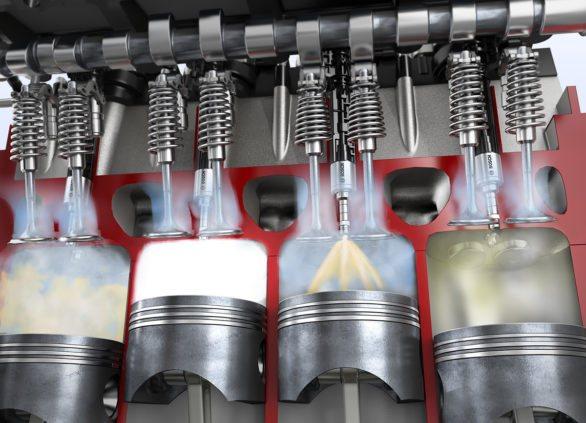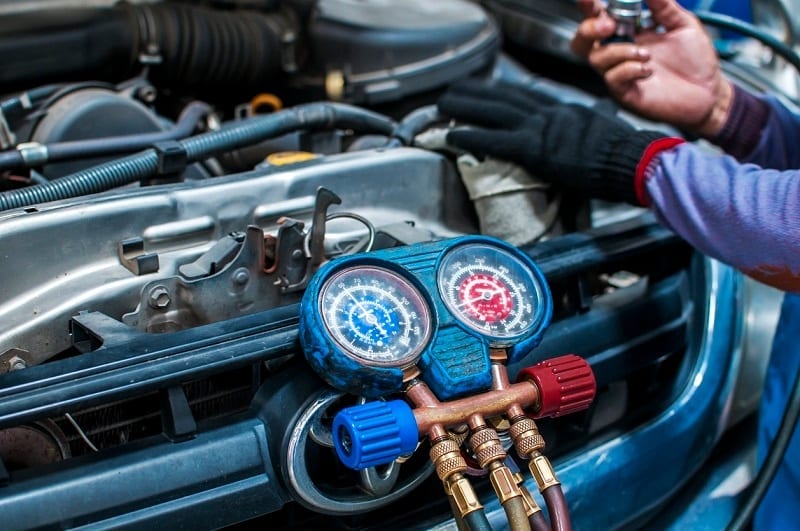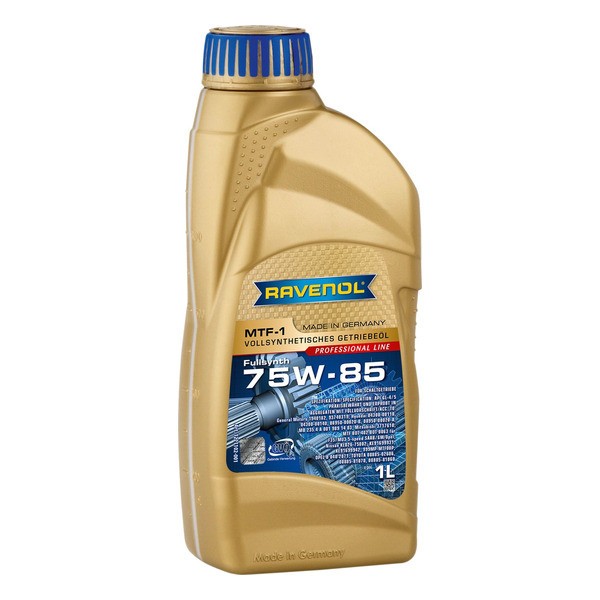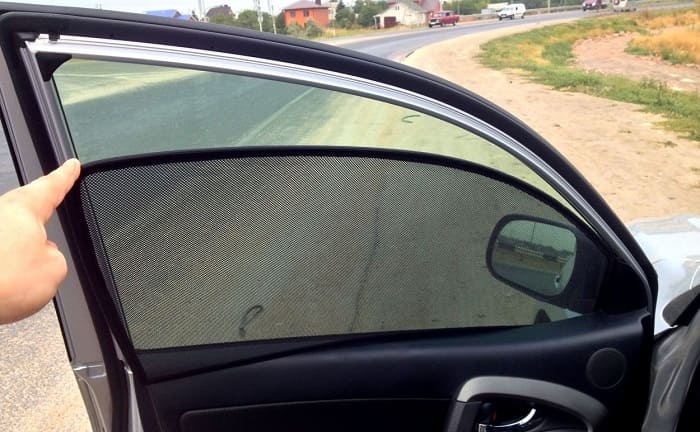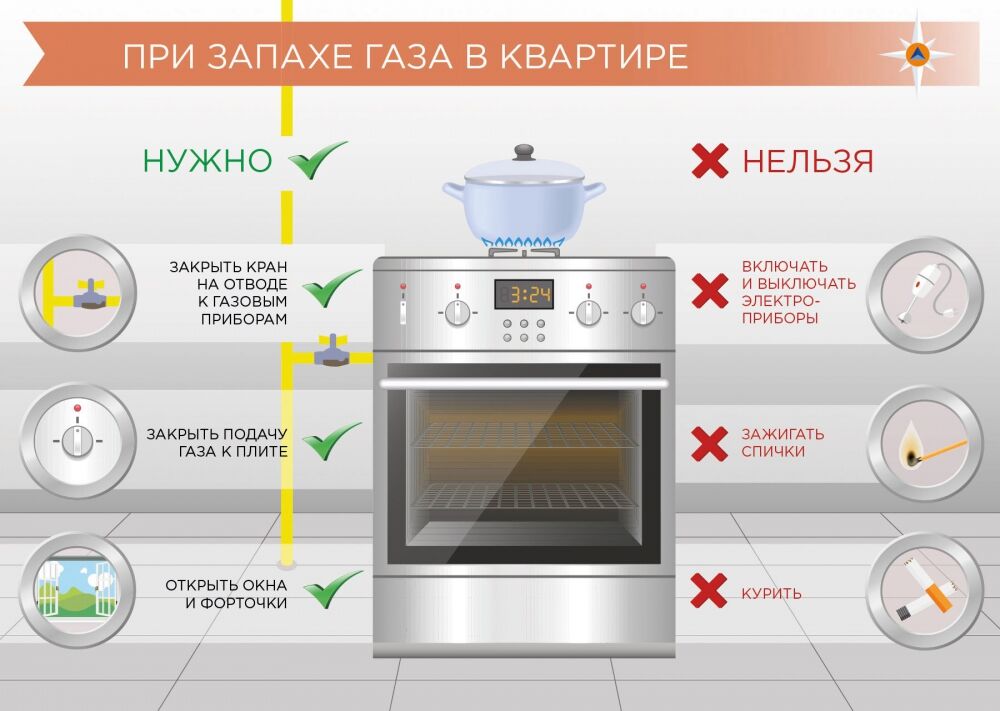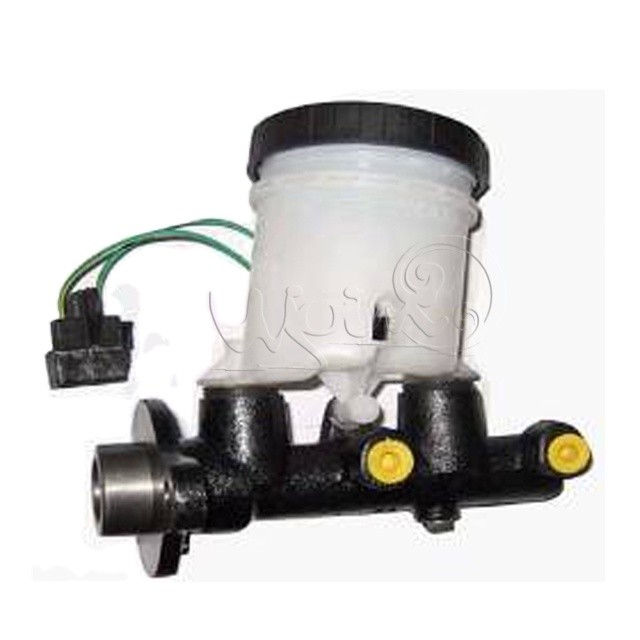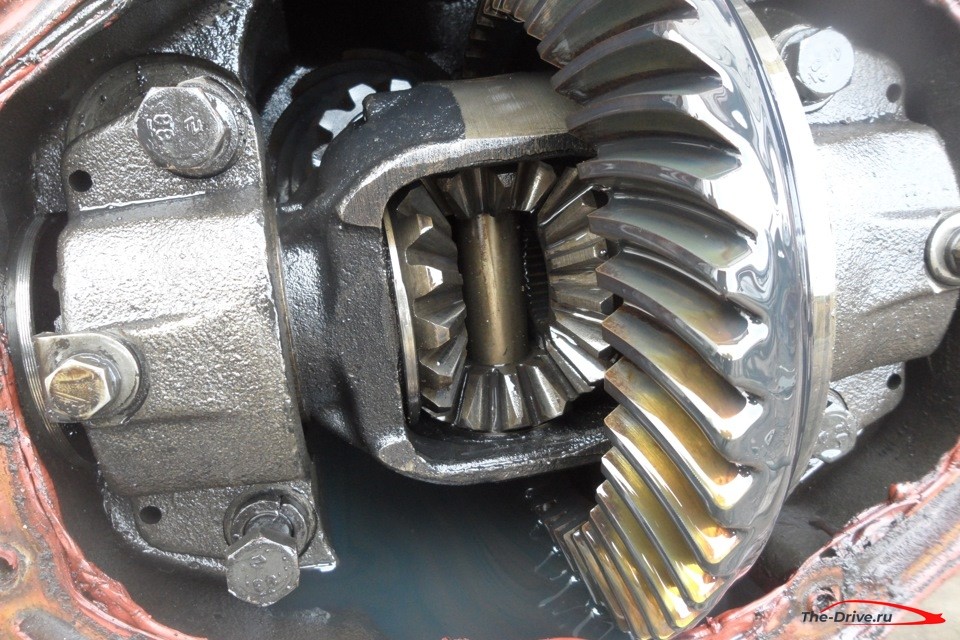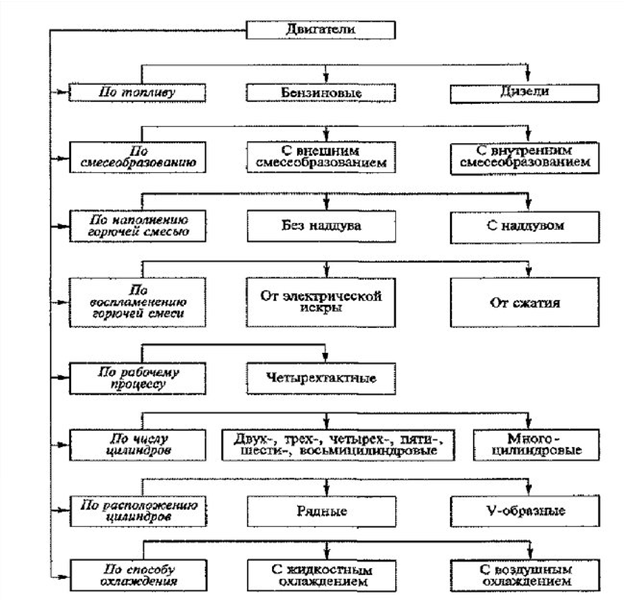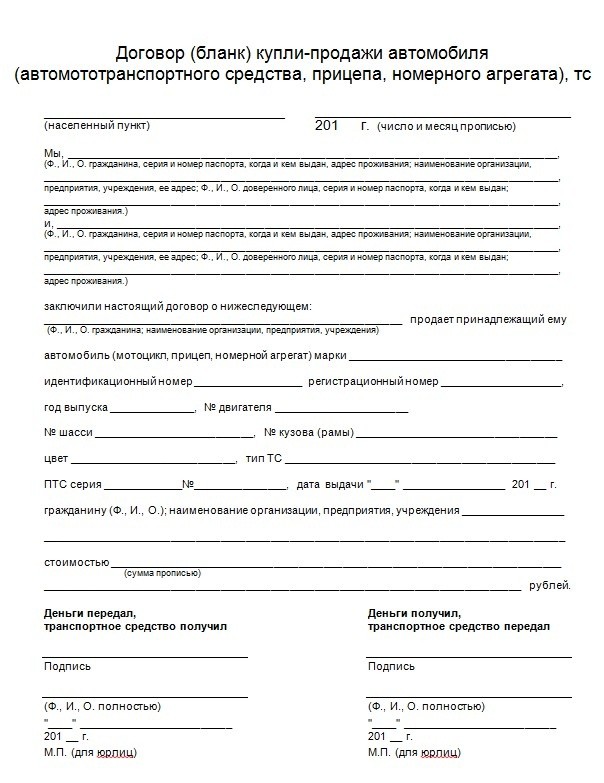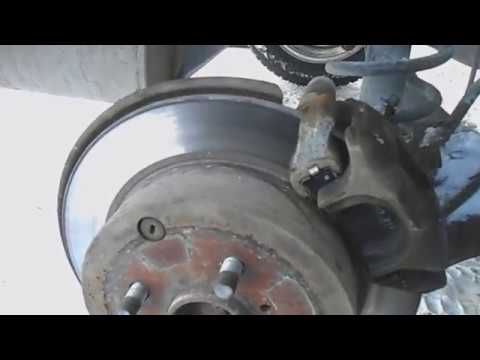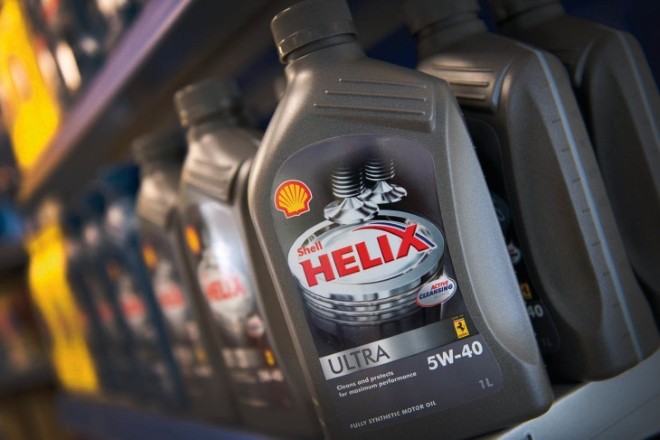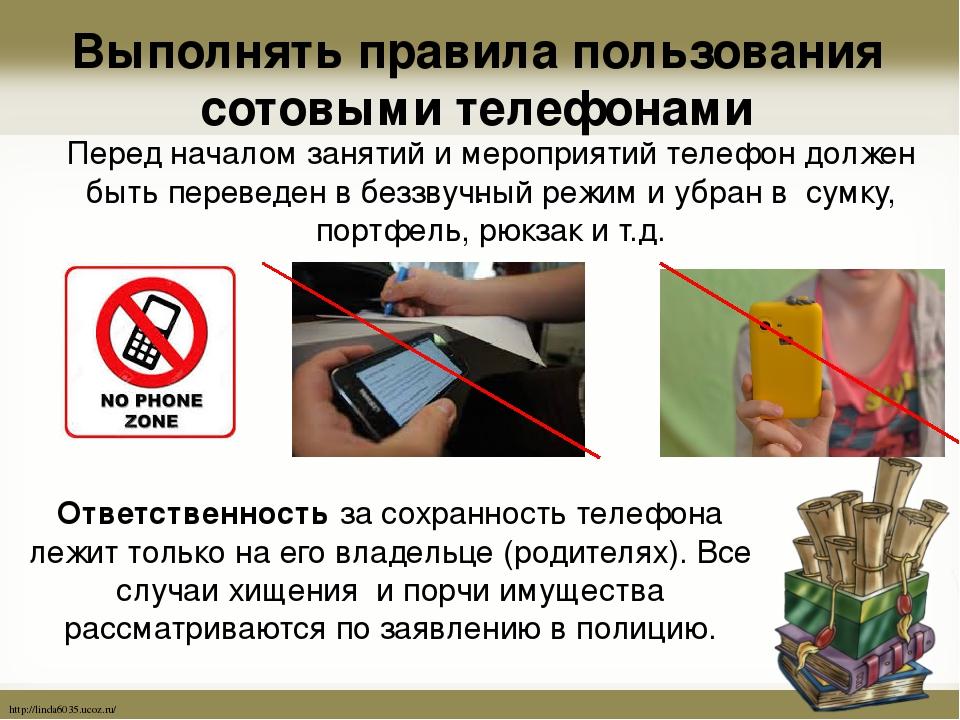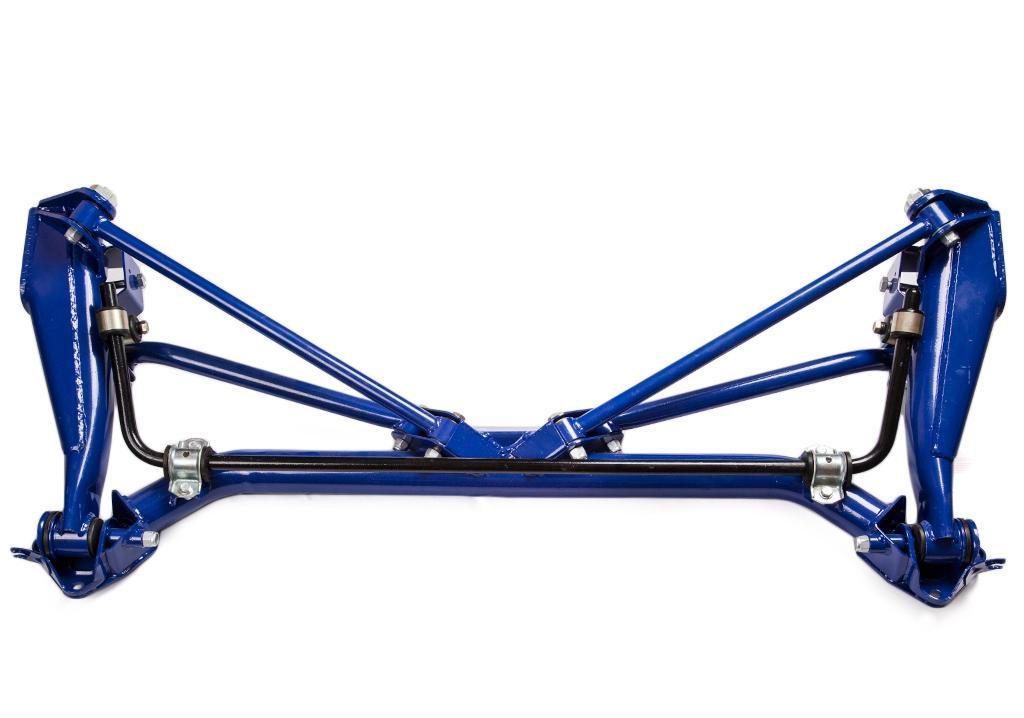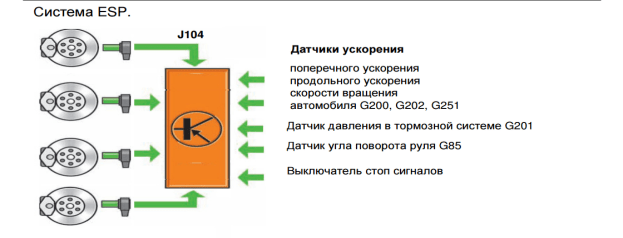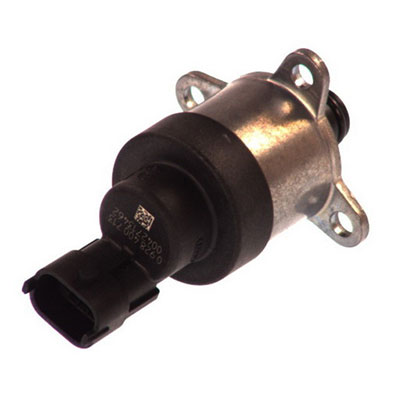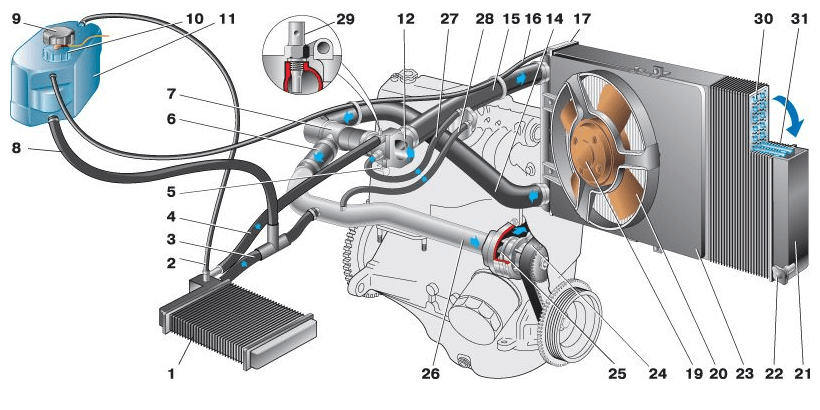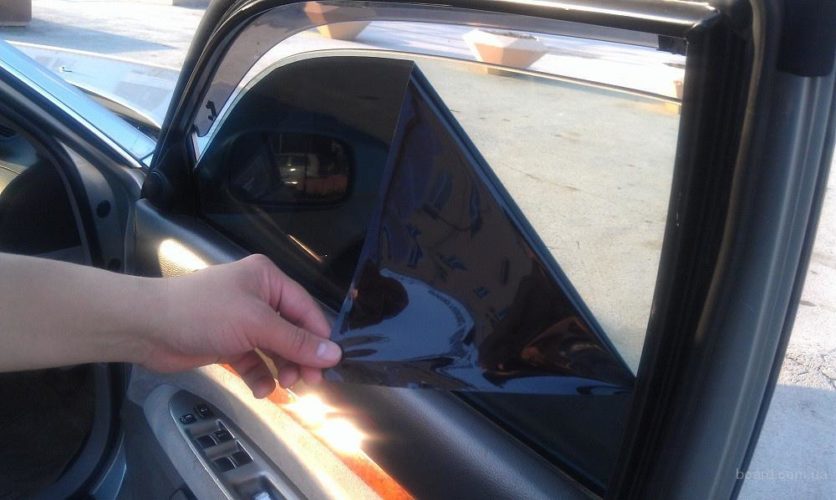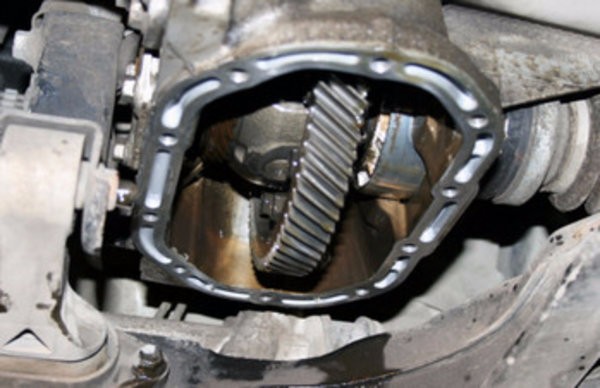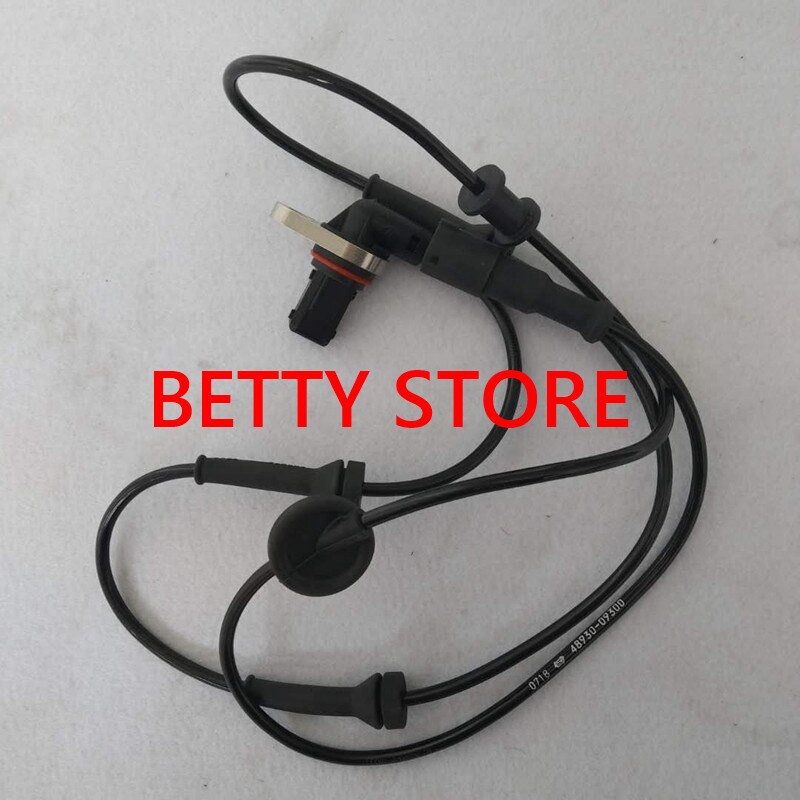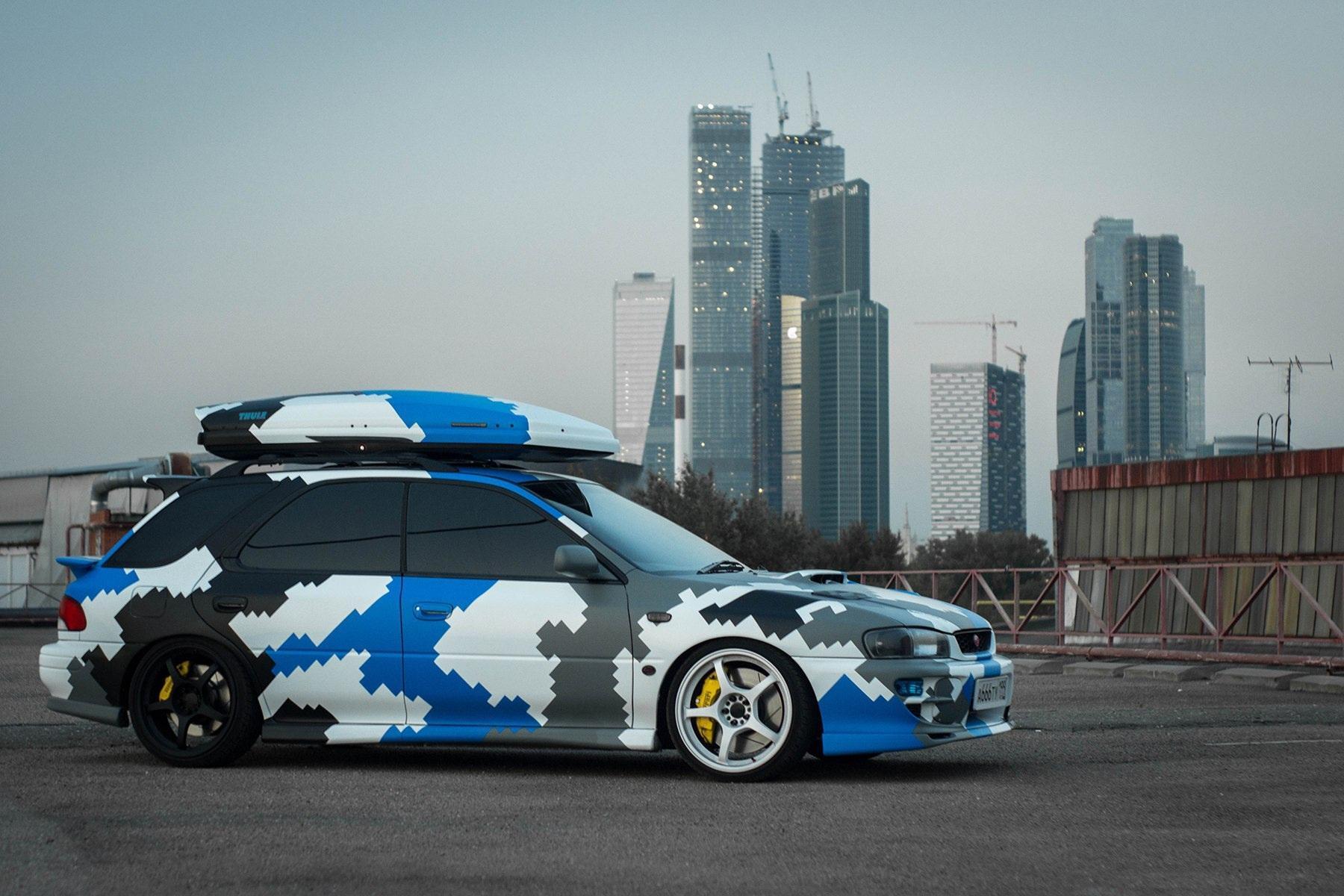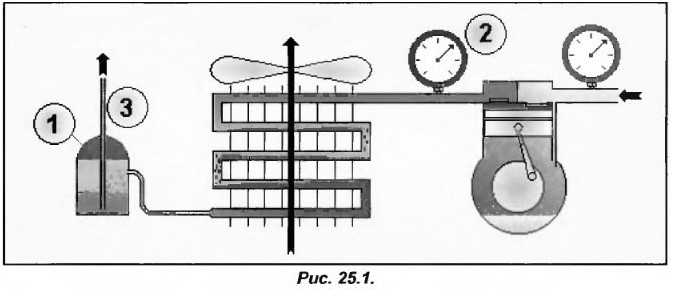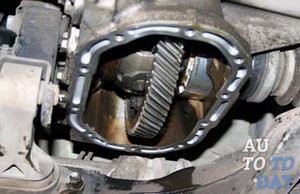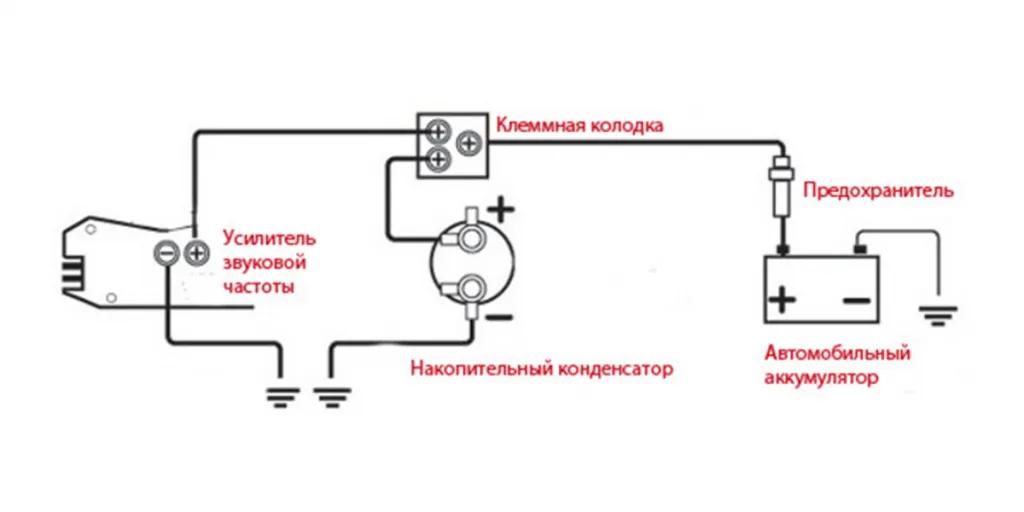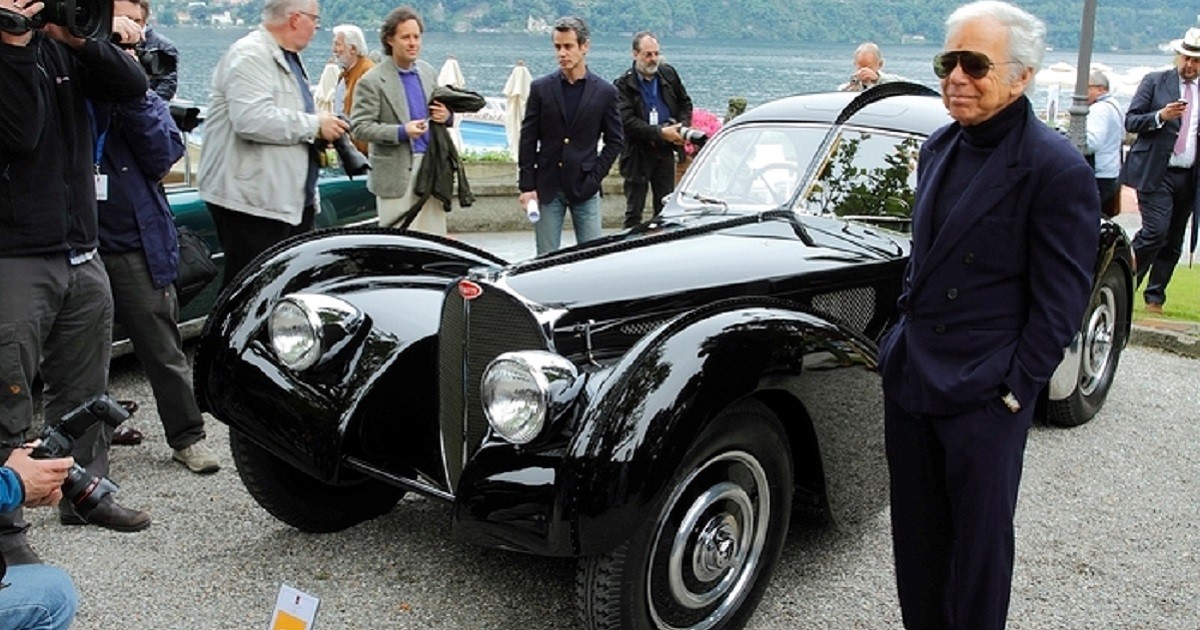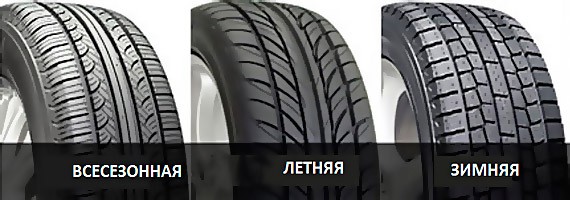Tips for checking and replacing the CV joint and its anther
Many motorists are aware that their car has a part called a CV joint, but not everyone knows what it is and what it is for. The cunning abbreviation stands for the hinge of equal angular velocities. But for most people, decoding explains little. In this article, we will try to figure out the purpose and device of the CV joint, find out how to check and replace this part. What it is and what it serves At the dawn of the automotive industry, engineers faced serious difficulties in trying to implement front-wheel drive. At first, universal joints were used to transfer rotation from the differential to the wheels. However, in conditions when the wheel shifts vertically during movement and at the same time also turns, the outer hinge is forced to work ...
Vehicle differential. Varieties and features of functioning
A differential is a mechanism that transmits torque from one source to two consumers. Its key feature is the ability to redistribute power and provide different angular speeds of rotation of consumers. With regard to a road vehicle, this means that the wheels can receive different power and rotate at different speeds through the differential. The differential is an important element of an automobile transmission. Let's try to figure out why. Why you can't do without a differential Strictly speaking, you can do without a differential. But only as long as the car is moving along a flawless track, without turning anywhere, and its tires are the same and evenly inflated. In other words, as long as all the wheels travel the same distance and rotate at the same speed. But when the car enters the turn, the wheels have to overcome ...
SHRUS crunches. How to check and troubleshoot
In the front suspension of a front-wheel drive car there is a part with a strange at first glance name CV joint. And not just one, but four. The tricky name means "a hinge of equal angular velocities". In the technical literature, the term homokinetic hinge is usually used. Outwardly, the CV joint resembles a grenade, which is why the people called it that way. But for most motorists, neither the form nor the decoding of the abbreviation explain what this part is intended for. Let's try to figure it out, and at the same time find out how the malfunction of the CV joints manifests itself and how to determine which of the hinges is the source of the problem. What is the constant velocity joint for?
Rear axle lock in a car - what is it for?
The rear axle lock is used in larger vehicles, making off-road driving more efficient. This mechanism in SUVs and SUVs should be handled with care as incorrect driving can damage the vehicle. If you are riding in adverse and difficult conditions, blokada mostu will make it easier to climb a steep hill or get out of muddy terrain. What exactly is this mechanism? What is a bridge blockade? The rear axle lock is responsible for differentiating the speed of rotation of the wheels of the rear axle. Thanks to him, the wheels can move at the same speed, and the torque is transmitted to the ground. This way it hits the wheel with the best grip. This mechanism is used in vehicles where the ability to transmit torque to the ground is not…
DSC alarm - what is the dynamic stability control panel?
DSC improves vehicle stability by detecting and compensating for loss of traction. When the system detects restrictions in vehicle movement, it automatically applies the brakes. This allows the driver to regain control of the car. What allows you to get such an effect? Learn more about this technology in our article! What are other names for dynamic stability control technology? This decision is indicated not only by the abbreviation DSC, but also by other abbreviations. It is worth noting that these are primarily trade names and are associated with the marketing efforts of a particular manufacturer. Mitsubishi, Jeep and Land Rover, among others, decided to extend the equipment package of their vehicles with this system. Other popular designations include: ESP; EXECUTIVE DIRECTOR; API; CST; ALL; RSCl; Ministry of Internal Affairs; VDIM; VSK; SME; PCS; PSM; DSTC.…
Differential - design, damage and repair. Learn what a differential is
What is a differential? A technological solution, commonly referred to as a "differential", provides proper traction for vehicles for various purposes, i.e. cars, trucks and vans. You will also find them in many other machines. The essence of the differential is to ensure safe and accurate cornering. This is due to the fact that on the driven axle, the outer wheel has to cover a greater distance than the inner one. As a result, in order to ensure traction stability and avoid skidding, it is necessary to compensate for the difference between tire speeds in order to ensure proper movement and traction. Differential - design and operation. What is a differential and how does it prevent skidding? Traditional differential design is based on many complex elements. A gear wheel is attached to the body, driven by the gear of the primary ...
Cardan joint in a car - types, price. What are the hub and shaft for? How to care for joints in the car?
Cant in the car - what is it? It all starts with a distinction between two types of suspension - dependent and independent. It is this design solution that determines the method of transmitting torque from the axle shaft to the wheel hub. In a dependent suspension, the drive hinge occurs once per wheel. The entire connection between the hub and the differential is rigid, and the wheel moves horizontally relative to the axle shaft. The wheels on the axle are connected. On vehicles with independent suspension, two hinges must be used. This is caused by a kink in the torque line from the gearbox or differential. The hub performs rotational and vertical movement relative to the shaft, which prevents its rectilinear drive. Drive joint - how many pieces do you need in the car? The key to determining the number of hinges in a car is how…
Planetary gearbox - a space solution for efficient operation? What is a planetary gear?
Efficient torque transmission is associated with various operating conditions. Therefore, gears are used in a huge number of devices. They may have a different structure, but usually their principle of operation is very similar - they allow you to make translations. The simplest solution of this type is a single-speed transmission with one pair of wheels. As industrial and automotive technology developed, other inventions appeared. They are used in power tools, bicycles, combustion vehicles and industrial automation. Planetary or planetary gear A planetary gear is a fairly complex set of gears, different from other mechanical gears. Its other name is planetary gear. Why is that? It comes from the structure and how the system works. In most cases, other nodes of this ...
What is a car bumper? Find out how the differential works!
If you've ever driven a sports car, you probably know what a differential does. This differential is usually associated with cars of this type, but not only. Find out its exact working and see if you need a differential. What is the difference between electronic and tabular type and is it already in your car? It is worth knowing the answers to these questions! The better you know your car, the easier it will be for you to control it while driving, which will also affect the safety of you and your passengers. The differential in the car, that is, the limited internal slip differential. Have you just heard this word and are wondering what is a car diffuser? The definition is relatively simple. Shpera in limited internal differential…
Why is a drive axle in a car? What role do the front, rear and center drive axles play? Drive system design
Interestingly, the bridge in the transmission is used on cars and off-road trucks. This is one of the necessary elements of the transmission system. Currently, engineers are looking to increase the ratio of sprung to unsprung masses, so they use a rudimentary shell containing the final drive and differential. What is worth knowing about this mechanism? How is the drive system arranged? The power unit is used to drive the vehicle components. It transfers mechanical energy from the engine to the road wheels. The drive consists of: flywheel or dual-mass; clutch with gearbox; differential; drive shaft; drive hub and bridge; additional gearbox, main gear and viscous coupling. What is a drawbridge? These are load-bearing elements that are part of the drive mechanism, performing the tasks of an axis that takes on part of the weight ...
How to Buy Good Quality Differential/Transmission Oil
Gear or differential oil is used to lubricate the gears in a car's transmission so they can shift smoothly and easily. This type of fluid is commonly used in standard transmissions while transmission fluid is used in vehicles with automatic transmissions. Differential oil has an extremely high viscosity and can withstand the high temperatures reached in the gearbox. However, over time, the level will drop to some extent, and you may need to refill it. If you notice a grinding noise or difficulty shifting, check the transmission fluid. The gearbox is often located behind and below the engine, but check your owner's manual to be sure. It can only have a cork, or maybe a probe. The oil should...
Symptoms of a bad or faulty differential/gear oil
If your vehicle has exceeded the transmission oil service interval, or if you hear a differential whine, you may need to change the differential/gear oil. Modern vehicles use a variety of fluids to lubricate their many mechanical components. Because many components are made of metal, they require heavy duty oil to protect components from damage caused by overheating and metal-to-metal contact. Automotive lubricants play a very important role in the overall performance and life of a car and can cause serious damage to components when they run out. One such type of fluid is differential oil, also commonly known as gear oil, which is used to lubricate manual transmissions and differentials. Because gear oil...
How long does differential/transmission oil keep?
The differential is usually located at the back of your vehicle and under the vehicle. It is very important that it stays lubricated with differential or gear oil to keep it working properly and your car moving smoothly along… The differential is usually located at the back of your car and under the car. It is very important that it stays lubricated with differential or gear oil to keep it working properly and your car moving smoothly on the road. The oil must be changed every 30,000-50,000 miles, unless otherwise noted in the owner's manual. The differential is the part of the car that compensates for the difference in travel between the inside and outside wheels when cornering. If you have a rear wheel drive car, your diff will be in the rear with its own lubrication and…
How car acceleration works
During acceleration from 0 to 60, the throttle, engine, differential and tires of the car are mainly involved. How fast it will take depends on the features of these details. When you step on the gas pedal in your car, a series of forces come into play to make it move. Here is a summary of what happens when your car accelerates. Throttle to Engine The accelerator pedal is directly connected to your vehicle's engine. It controls the flow of air into the intake manifold, either through the throttle body for fuel injection or through the carburetor. This air is then mixed with the fuel, supplied by either the fuel rail and fuel injectors or the carburetor, and then supplied with a spark (such as fire) powered by the spark plugs. It causes combustion...
How to replace the differential output shaft seal
Differential outlet seals prevent fluid from leaking out of the differential, which can cause the differential to overheat and damage the vehicle. Whether your car is front wheel drive, rear wheel drive or all wheel drive, a common component that all cars have is the differential. The differential is a housing that contains the gear train of the axle and is connected to the drive shaft to transfer power to the drive axle. Each differential, either front or rear, or both in the case of four-wheel drive vehicles, has an input and output shaft to supply and distribute power. Each shaft has a rubber or hard plastic seal that prevents transmission oil from leaking as well as protecting the gearbox's internal components from contamination from external debris. In many cases, when a differential is found to be leaking...
How to replace the differential gasket
Differential gaskets seal the differential housing and protect the rear gears and axles from the weather. The rear differential is one of the most physically imposing components of any car, truck or SUV. Although it is designed to last the lifetime of the vehicle, this assembly tends to wear a lot and is prone to the common wear problems that most mechanical components suffer from. The housing is made of high strength steel and protects the rear gears and axles from the weather. However, in most cases, the damaged part of the rear differential is the differential gasket. The differential gasket is the gasket that seals the differential housing. It is usually made of cork, rubber, or oil-resistant silicone that seals the two-piece differential housing. This pad is designed…

